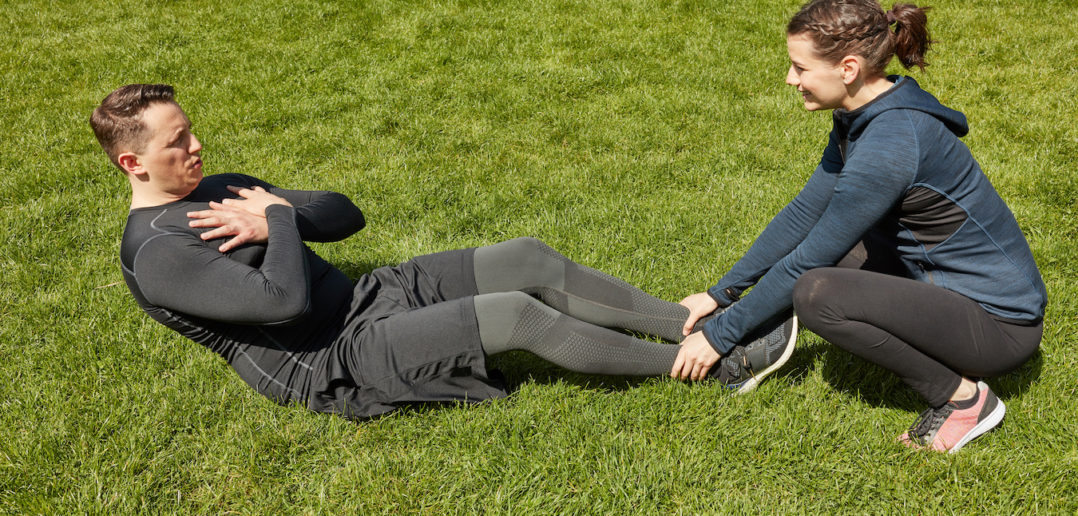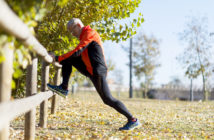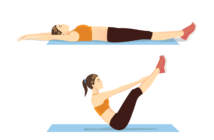When individuals look at exercise, most of us rely on tradition, thinking what they’ve always known is the wisest way to train, seeking nothing new or ignoring the latest advice.
With this in mind, the sit-up was the goto exercise to strengthen your core. The base thinking went, if you improve your core, you’ll be more likely to gain six-pack, thus people would bash out hundreds of sit-ups, overlooking their nutrition (which is the primary method of improving six-pack definition), thinking “more is better”.
The sit-up became popular as the exercise of choice for various armies to test their new recruits – the more you could perform in a given time frame would help demonstrate the “fitness” level of the new recruit (or existing soldier) and this thinking remained in place for years.
Modern research has found that these sit-ups could do more harm than good, causing issues for your spine. The University of Waterloo in Canada found that the sit-up can put compressive force on to your spine, thus causing back problems as your spine is put under duress from repeatedly contracting muscles to hold your back in a bent position. Dr Stuart McGill is a world-renowned expert in lower back issues found that muscle force causes your lower back disc nucleus to bend to the point that it bulges – pressing on nerves and causing back pain, and potentially leading to a herniated disc.
More recently, the British Army, who used the sit-up as a challenge within their fitness test, has decided to drop the exercise altogether. Making a fairly straightforward point of the new set of fitness exercises, Field Army Sergeant-Major Gavin Paton said “I’ve got plenty of combat experience, but I’ve never done a sit-up on the battlefield”. Indeed, it’s not just the British Army dropping sit-ups, the Canadian Army dropped the exercise from their fitness tests and the US Army has said they’ll also drop it as from 2020 and bring in a brand new fitness test.
So, if you want to improve your core, what are the exercises you should be performing?
Recent advice suggests you need to improve and strengthen the muscles around your lower spine, focussing on the gluteals and hip flexors. Lifting weights (but always start light and maintain form, seeking advice if you are unsure) such as performing a deadlift and a squat, both with a flat back, can both help strengthen the right muscles and improve your core.
In addition, you should be aiming for exercises that enable you to adopt a and hold a good posture, so a plank, superman core exercise, the bird dog and similar will remove the stress on your lower back, but will put the necessary stress on your rectus abdominis muscles, thus strengthening your core, improving your abs and without potentially hurting your lower back.




